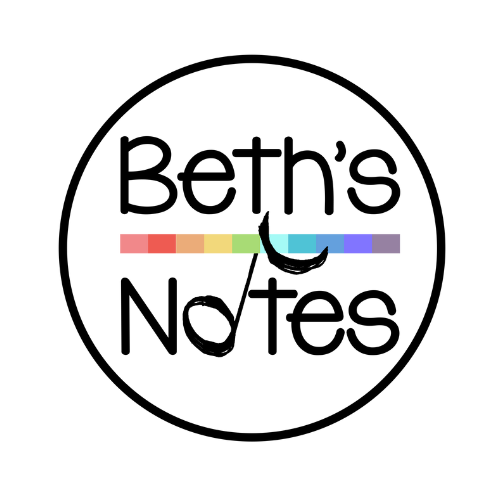DR. MÍCHEÁL B. HOULAHAN
When it comes to music education, a well-crafted and dynamic curriculum can revolutionize the learning experience. In this blog, we delve into how to assess the effectiveness of a music education interactive curriculum in promoting critical thinking, engagement, and overall musical development. We’ll explore probing questions that consider both the benefits and potential challenges of utilizing immersive platforms, ensuring they align with best practices in music education.
The role of the teacher and supportive technology
As we embrace music education technology, questions about the teacher’s role naturally arise. Does the technology diminish the teacher’s significance, or does it simply redefine their role? If non-specialist educators can effectively use immersive platforms, how does that impact the professionalism of music education? Do the activities we choose in the classroom promote our students’ musicianship and music literacy? How do we assess something entertaining versus educational? Will our k-5 music curriculum prepare students to participate in middle school music?
Questioning the Curriculum
We’ve gathered a series of insightful questions that shine a spotlight on the essence of this curriculum. Our aim is not to merely scratch the surface but to dive deep into its fabric, evaluating how it aligns with educational objectives and adapts to the evolving needs of music education.
Performance:
- Does the interactive music curriculum address the development of students’ performance skills through singing, playing instruments, and movement?
- How well does the interactive music curriculum guide the development of performance skills, encompassing singing, playing instruments, and movement?
- Are the suggested performance skills for singing, movement, and instrument playing adequately taught sequentially in each grade?
- Are the rhythm and melodic improvisation exercises suitable for engaging students in creative expression? Are they developed sequentially?
Repertoire
- Does each lesson have enough variety of song materials, games, and activities?
- Is the repertoire selected carefully to develop students singing and performing abilities?
- Is the repertoire chosen because it is entertaining?
Music Literacy:
- Does the interactive music curriculum put Performance, Audiation, Musicianship, and Music literacy at the core of music learning?
- Is this a vertically aligned K-5 curriculum, as reflected in the downloadable standards-based lesson plans?
- Does the curriculum provide a clear framework for students’ growth in music literacy skills from one grade to the next?
- Does the curriculum encourage critical thinking skills concerning music, reading, writing, and problem-solving?
- Does the interactive music curriculum incorporate a problem-solving orientation and a scientific method of inquiry, commonly used in teaching science, into its curriculum?
- Does the curriculum provide activities for different styles of learning?
Improvisation and Composition
- Does the curriculum offer a balanced approach to fostering students’ creativity through improvisation and composition?
- Are the rhythm and melodic improvisation exercises suitable for engaging students in creative expression?
- Does the interactive music curriculum develop students’ improvisation and composition skills using audiation?
Listening
- How successful is the curriculum in promoting active listening skills among students?
- Does the interactive music curriculum reflect the latest trends in how math and language are currently being taught?
- Does the interactive music curriculum integrate technology and digital tools to enhance the learning experience for students and teachers?
Vertical Alignment
- Is this a vertically aligned K-5 curriculum?
A vertically aligned curriculum prepares students for a smooth transition into middle school music education. As students embark on their musical journey, a coherent progression of skills and concepts from elementary to middle school becomes pivotal. A well-structured alignment ensures that students have the necessary foundation, confidence, and familiarity with musical elements as they transition. Challenges often arise when students do not feel adequately prepared for middle school music classes, which can lead to feelings of intimidation and uncertainty. By implementing a vertically aligned curriculum, we provide students with a solid musical foundation that instills a sense of assurance and competence. This alignment bridges the gap between the two educational phases, nurtures their passion for music, and enhances their overall musical experience, setting the stage for a successful and fulfilling journey into middle school music education.
Assessment Tools
- Does the curriculum provide clear and effective assessment tools for assessing students’ progress and understanding of musical concepts for upper administration?


